HOW TO ANCHOR A BASE PLATE IN SEISMIC AREAS
Fastening systems for earthquake zones
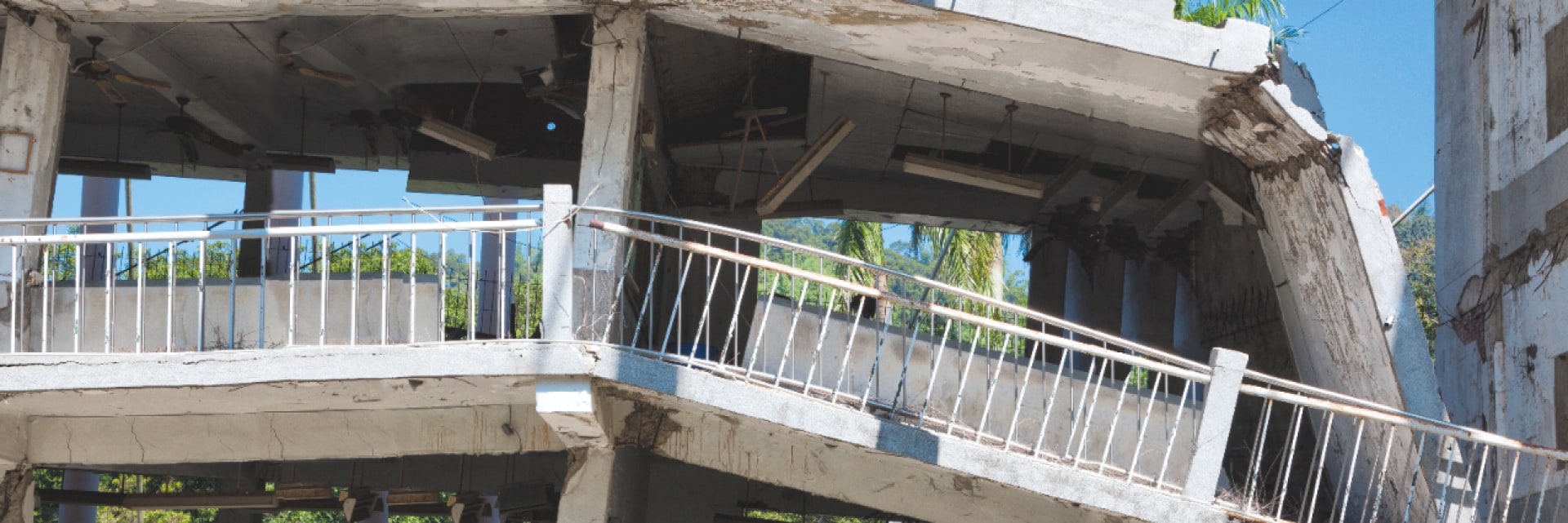
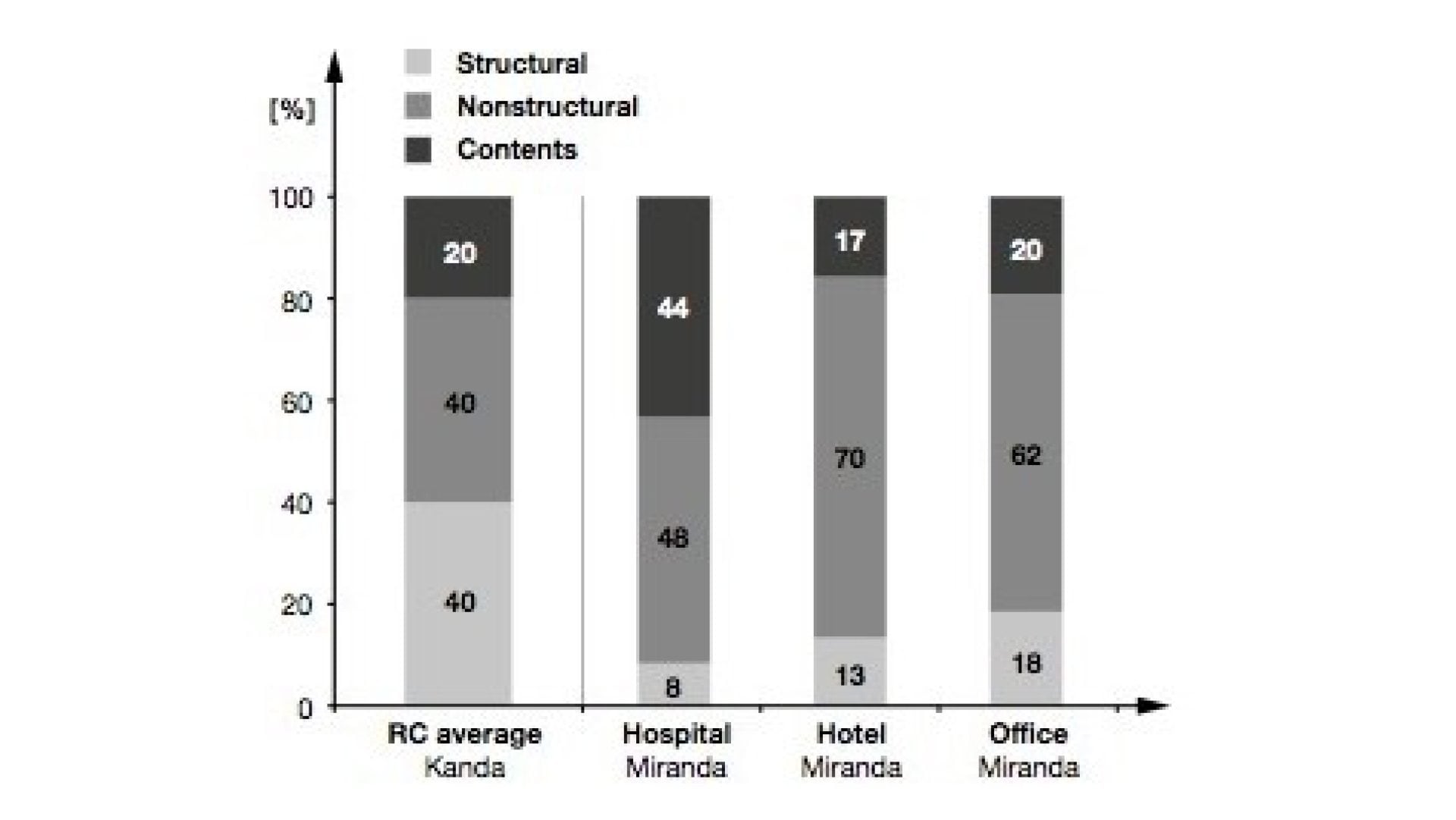
Earthquakes are much more common than we realise. They happen every day all over the world.
Not only do they cause loss of life and serious injury, but they can also do great damage to buildings and the economy.
All this can be limited by good seismic construction design and specification.
It’s important to include seismic design for both non-structural and structural elements of a build, as research shows that non-structural systems suffer the largest damage in commercial buildings during an earthquake.
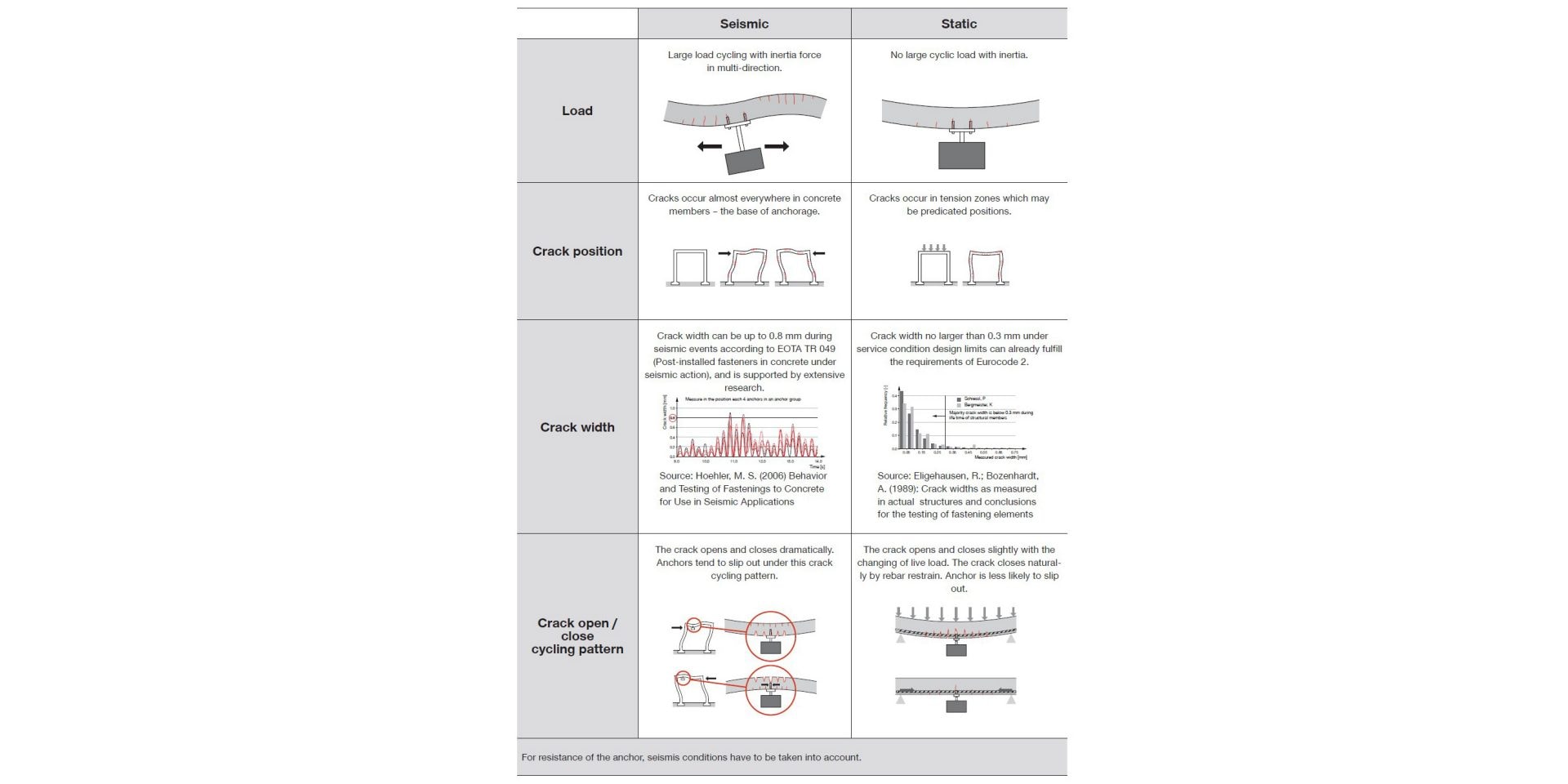
SEISMIC PERFORMANCE RELEVANCE TO ANCHOR CONNECTIONS
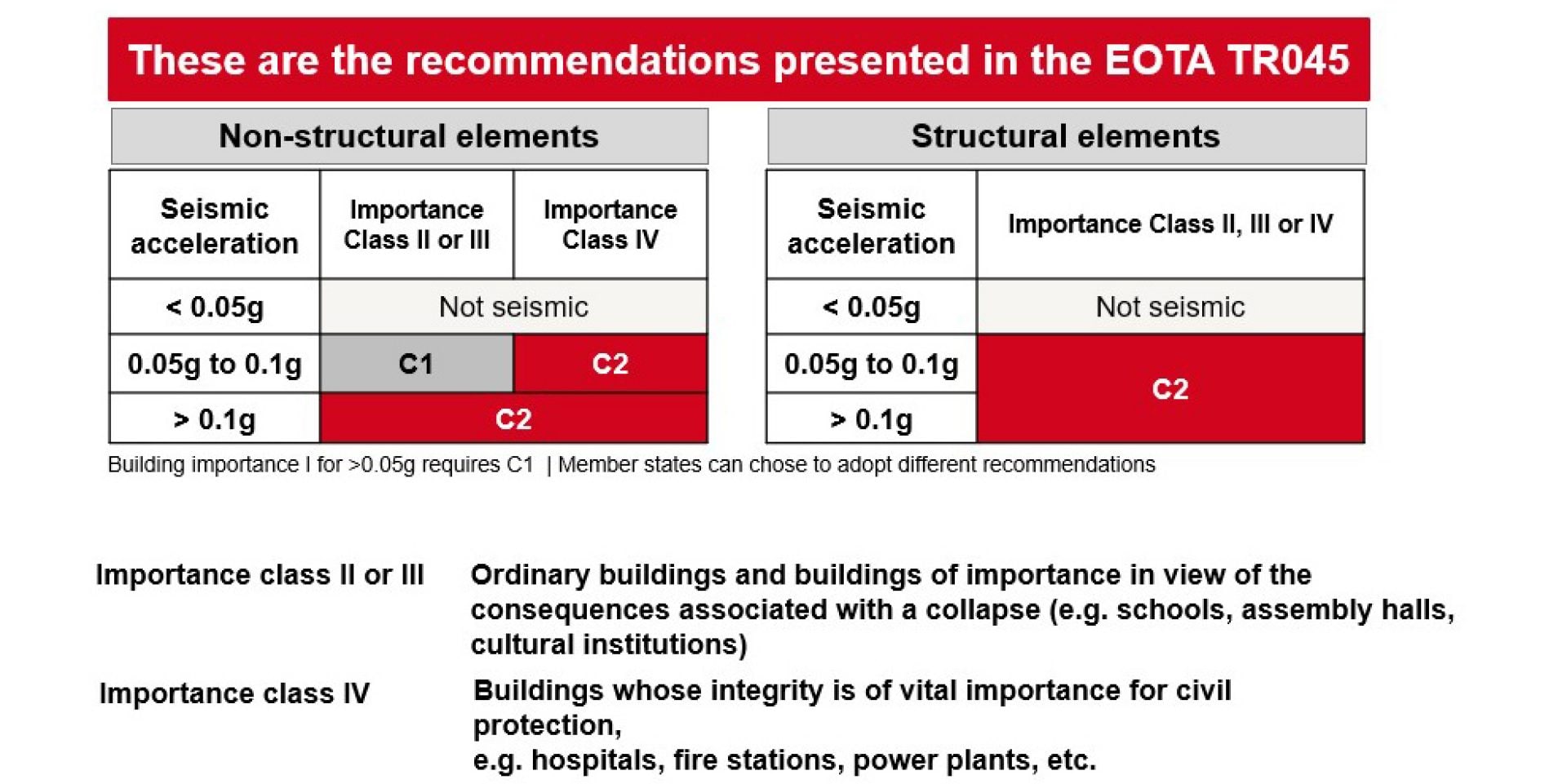
HILTI ANCHORING RANGE WITH SEISMIC APPROVALS
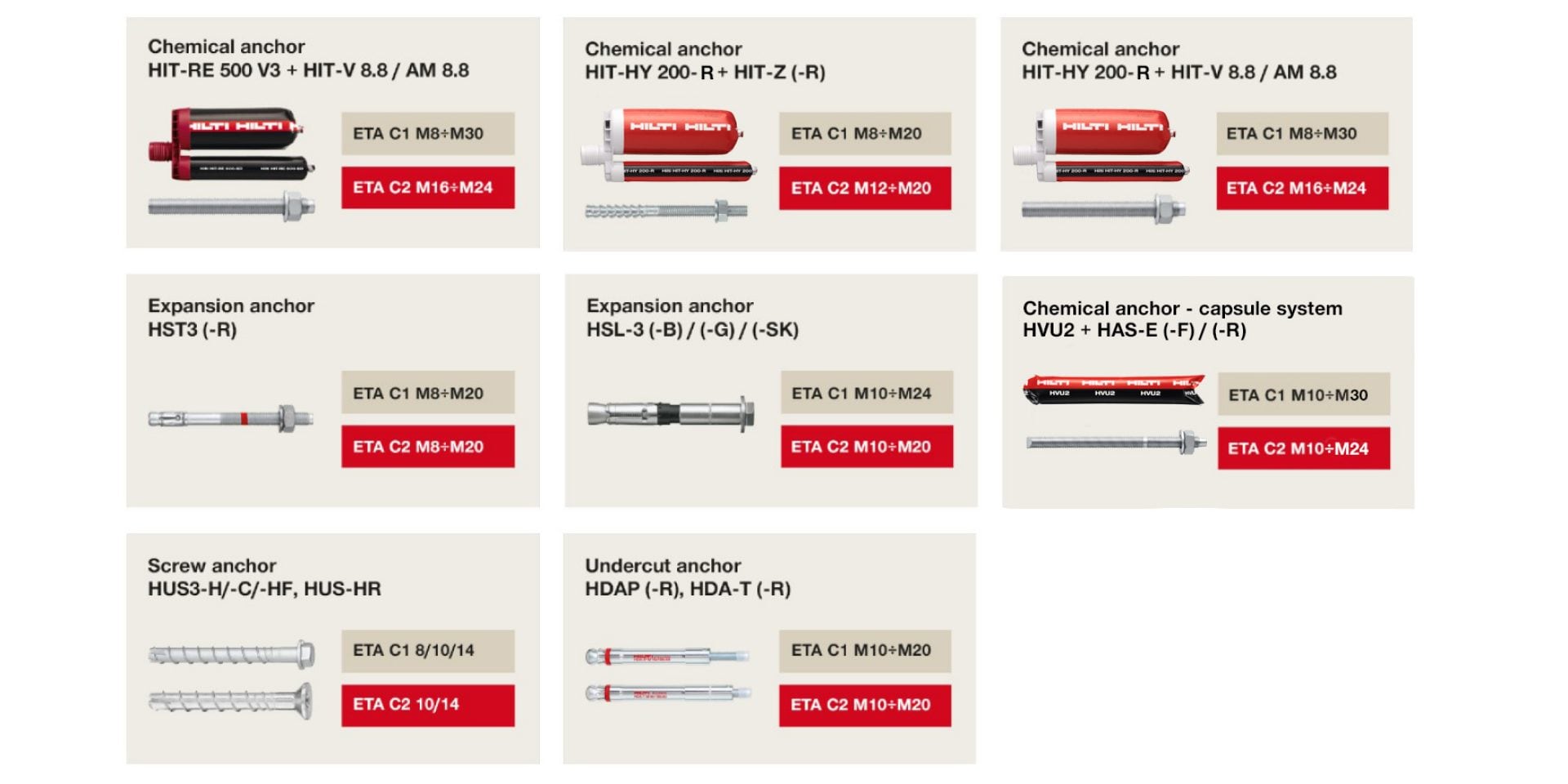
HOW DO I DESIGN ANCHORS FOR SEISMIC AREAS
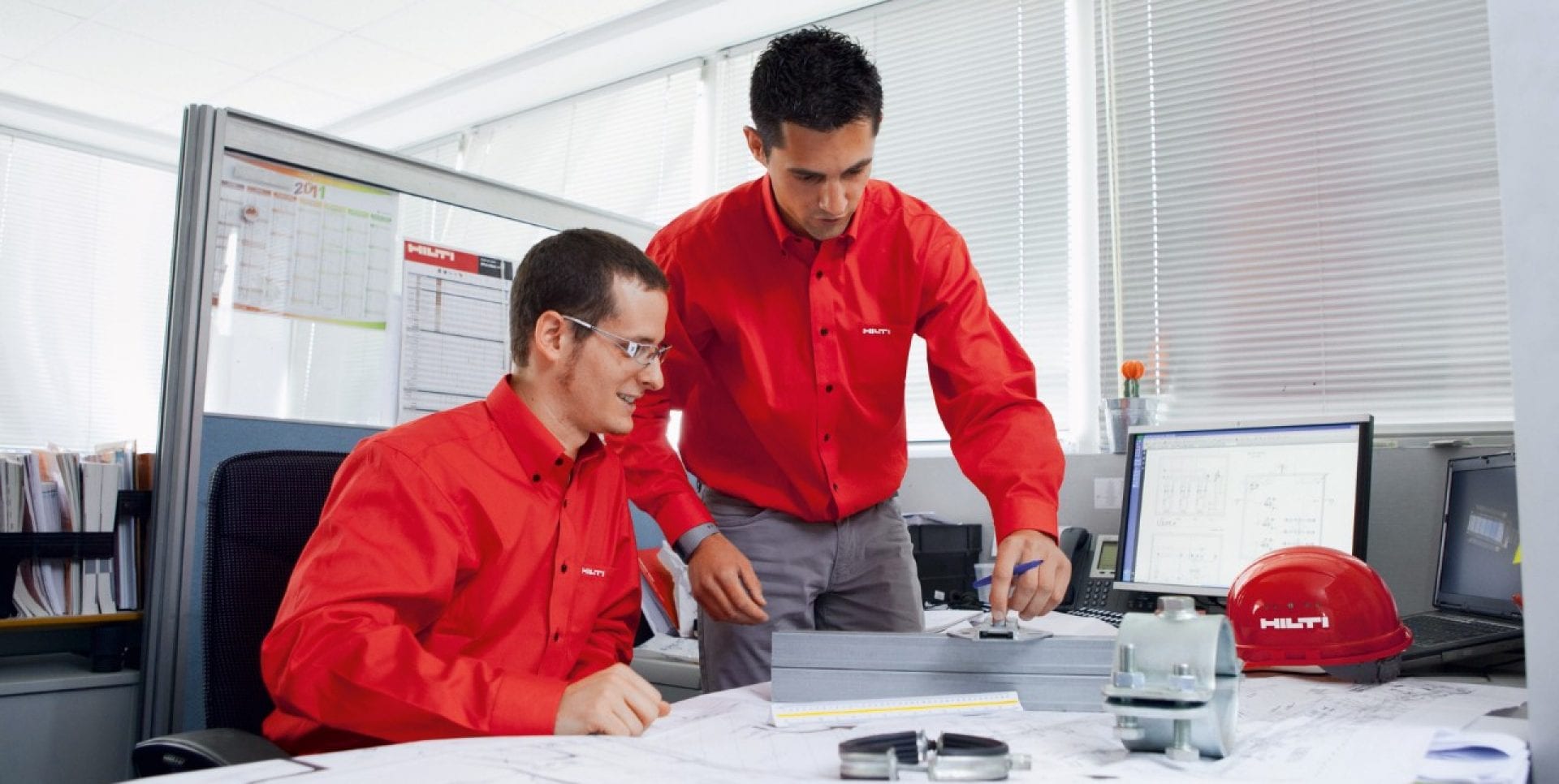
At Hilti our engineering team can help you design your anchor systems – just contact your local office for more details.
Or, you can use our Hilti PROFIS Engineering software. This includes code compliant Hilti products in 2D and 3D with relevant documentation and specifications.
Our PROFIS Engineering software performs seismic calculations according to EOTA TR 045. This gives three solutions for anchoring base plates in seismic areas:
Capacity design
The anchorage is designed for the force corresponding to the yield of a ductile component, or if lower, the maximum force that can be transferred by the fixture or the attached element.
Elastic design
The fastening is designed for the maximum load assuming an elastic behaviour of the fastening and of the structure.
Design with requirements for anchor ductility
This design for ductile steel failure requires an anchor classified as ductile. This approach is also applicable only for the tension component and some provisions need to be observed to ensure that the cause of failure is steel failure.
We’ve also added our own Hilti research results into PROFIS Engineering software, so that you can find solutions, which go beyond EOTA TR 045.
